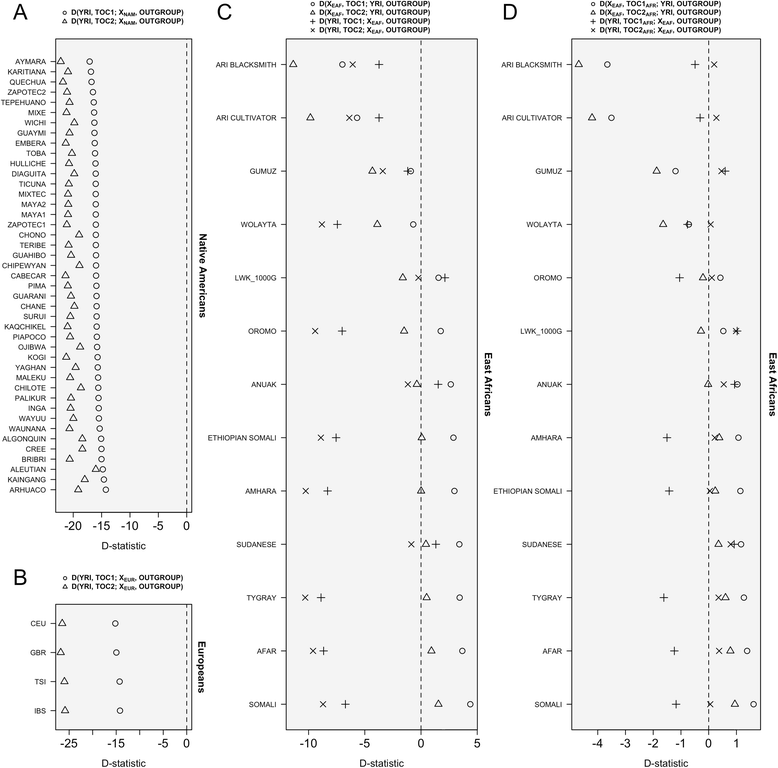Abstract Background. During pregnancy, the placenta is inaccessible for diagnosis of placental malaria (PM), but soluble tumor necrosis factor-α receptors (sTNFR) are elevated in the plasma of women with PM. Methods. In this study, sTNFR-1 and sTNFR-2 were quantified in urine of pregnant and nonpregnant Cameroonian women who were positive or negative for malaria by blood-smear microscopy.
The Faculty of Science, in addition to other such student-based support groups as the Science Society and the Pre-Med Society. FINANCIAL AID For entrance and in-course award opportunities, please visit our Award Search at my.uwindsor.ca. Click on the Financial.
Results. We found that levels of both sTNFR in urine were higher in pregnant compared with nonpregnant women, but malaria-positive pregnant women excreted substantially more sTNFR-1 ( P =.005) and sTNFR-2 ( P. Urine Levels of Soluble Tumor Necrosis Factor-α Receptors 1 and 2 Are Influenced by Malaria and Pregnancy Among all malaria-negative participants, pregnant women had higher levels of urine sTNFR-1 ( P. Concentrations of soluble tumor necrosis factor receptor-α (sTNFR)-1 (A) and sTNFR-2 (B) in urine of pregnant and nonpregnant women who were slide positive or negative for Plasmodium falciparum.


Soluble TNF-α receptor levels were measured in the urine of 66 women: 23 were pregnant and negative for P falciparum; 23 were pregnant but malaria negative; 10 were nonpregnant malaria positive; and 10 were nonpregnant malaria negative. Each dot indicates the concentration for 1 woman. Horizontal lines represent 25th, 50th, and 75th percentiles.
Heights of vertical lines represent interquartile ranges. The P values were obtained from Mann-Whitney U tests. Concentrations of soluble tumor necrosis factor receptor-α (sTNFR)-1 (A) and sTNFR-2 (B) in urine of pregnant and nonpregnant women who were slide positive or negative for Plasmodium falciparum. Soluble TNF-α receptor levels were measured in the urine of 66 women: 23 were pregnant and negative for P falciparum; 23 were pregnant but malaria negative; 10 were nonpregnant malaria positive; and 10 were nonpregnant malaria negative.
Each dot indicates the concentration for 1 woman. Horizontal lines represent 25th, 50th, and 75th percentiles. Heights of vertical lines represent interquartile ranges. The P values were obtained from Mann-Whitney U tests.
Next, correlation between sTNFR in urine and P falciparum parasitemia was assessed. Urine levels of each soluble receptor increased with increasing peripheral parasitemia (Figure A and B), and strong positive correlations between parasitemia and urine concentrations of sTNFR-1 (Spearman r s = 0.784, P.
How to get computer serial number in vbnet. Association between soluble tumor necrosis factor-α receptor (sTNFR) concentrations in urine and peripheral parasitemia. (A) sTNFR-1 and (B) sTNFR-2. Malaria-positive pregnant women were categorized into 3 groups of increasing peripheral parasitemia (20 000 Plasmodium falciparum parasites/µL blood), and their urine levels of sTNFR were compared with those of malaria-negative pregnant women.